Need to know
- There are many different kinds of written notices under the Residential Tenancies Act.
- The law is an attempt to balance the rights of the landlord and the rights of the tenants.
- Each kind of notice has its own requirements and rules.
- Landlords and tenants both have notices that they can use.
Landlord’s Notices
Notice of Landlord – Provides the landlord’s contact information so that tenants have a way to reach the landlord.
Notice of Entry – Landlords must provide tenants with advanced written notice to enter their property. Landlords are only allowed to enter for certain reasons and at certain times.
Notice of Rent Increase – Landlords can increase the rent. However, there are rules about how often and how much notice they must provide tenants.
Notice of Termination of a Periodic Tenancy for Allowable Reasons – For specific reasons, a landlord can give notice to end the tenancy. This is even if the tenant hasn’t done anything wrong. For example, if the landlord wants to move back into the property, they could serve notice on the tenant.
Eviction Notice (Notice of Termination of Tenancy for Substantial Breach) – The Residential Tenancies Act only allows landlords to evicts tenants in specific circumstances.
Tenant’s Notices
Notice to Terminate a Periodic Tenancy – A tenant can end a periodic tenancy by providing the landlord with the appropriate amount of notice.
Notice of Objection to an Eviction Notice – If the landlord serves the tenant with a 14-day eviction notice and the tenant does not agree with the notice, the tenant can usually serve a Notice of Objection on the landlord.
14 Day Notice to Landlord – The tenant can only serve the landlord with a 14 Day Termination Notice under very specific circumstances.
December 2023

